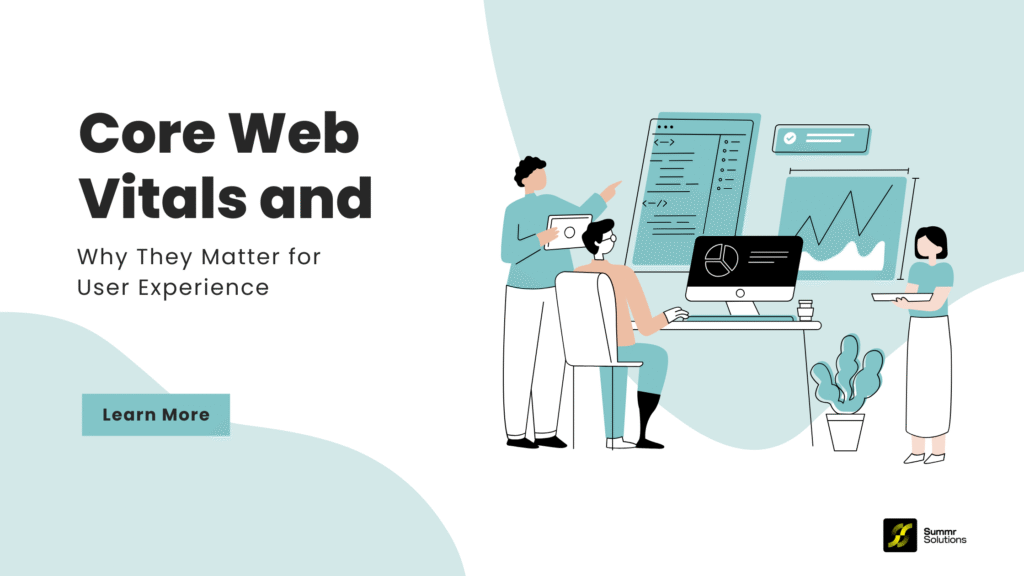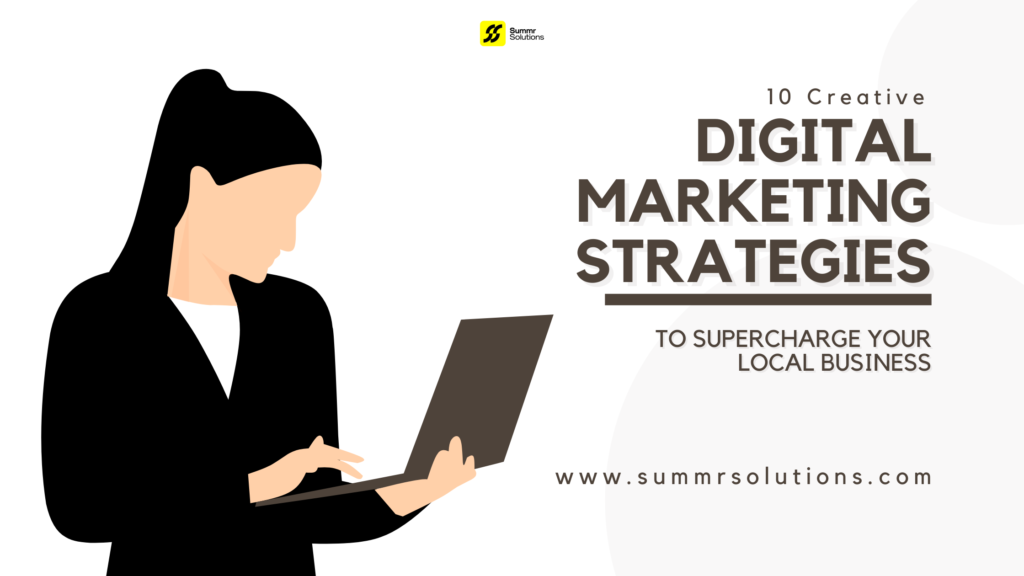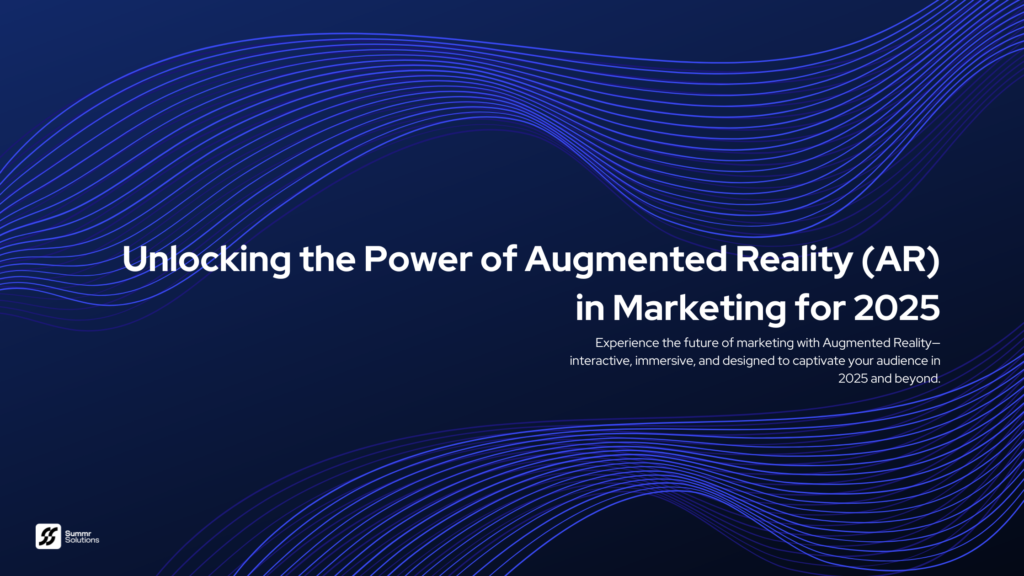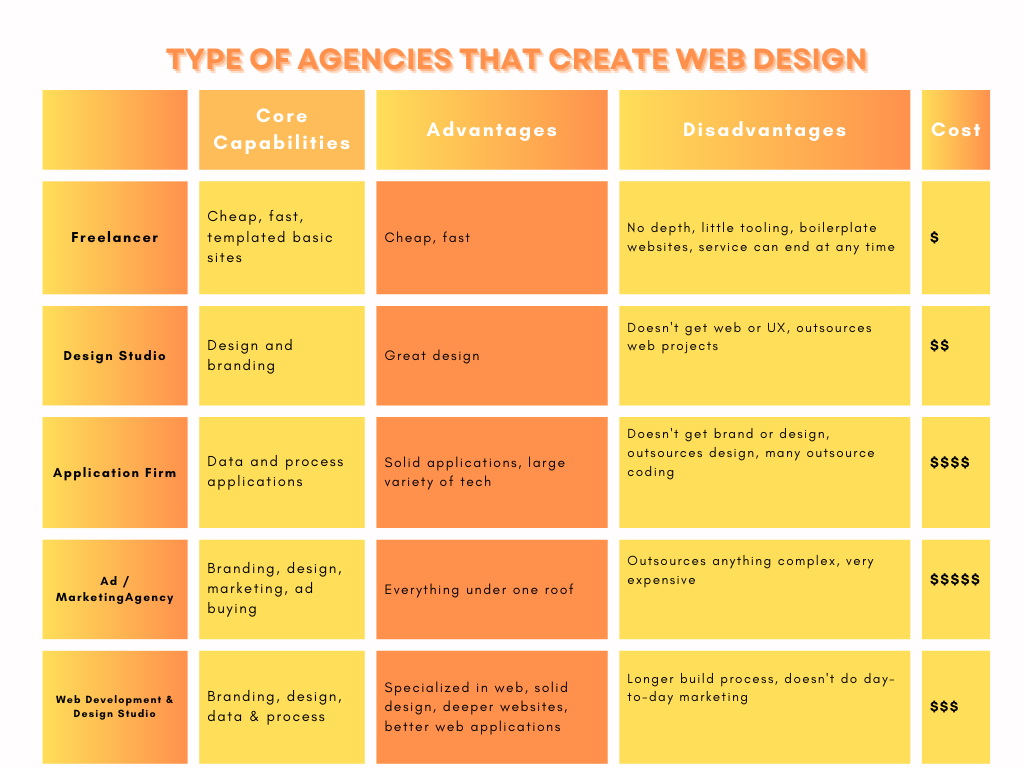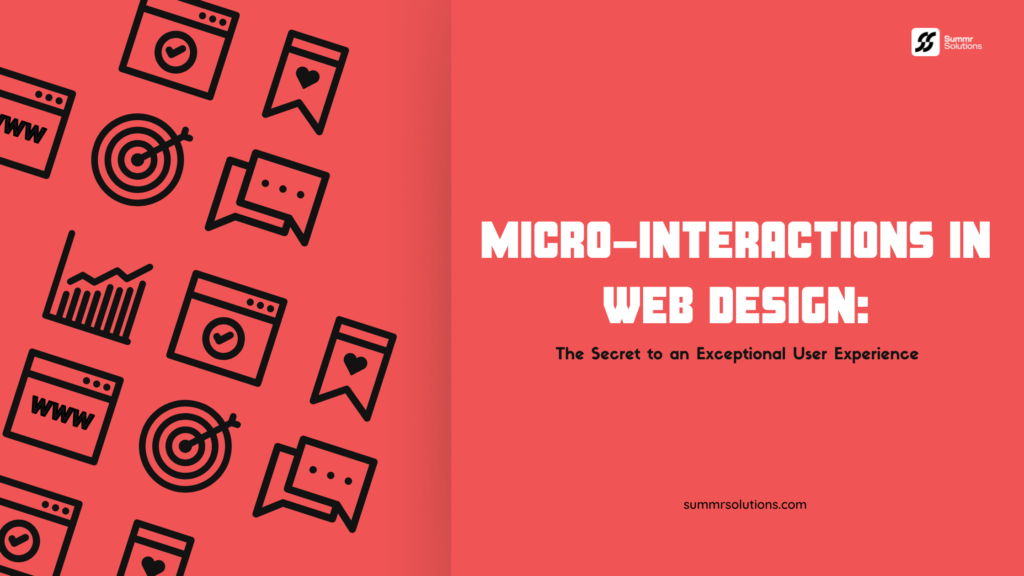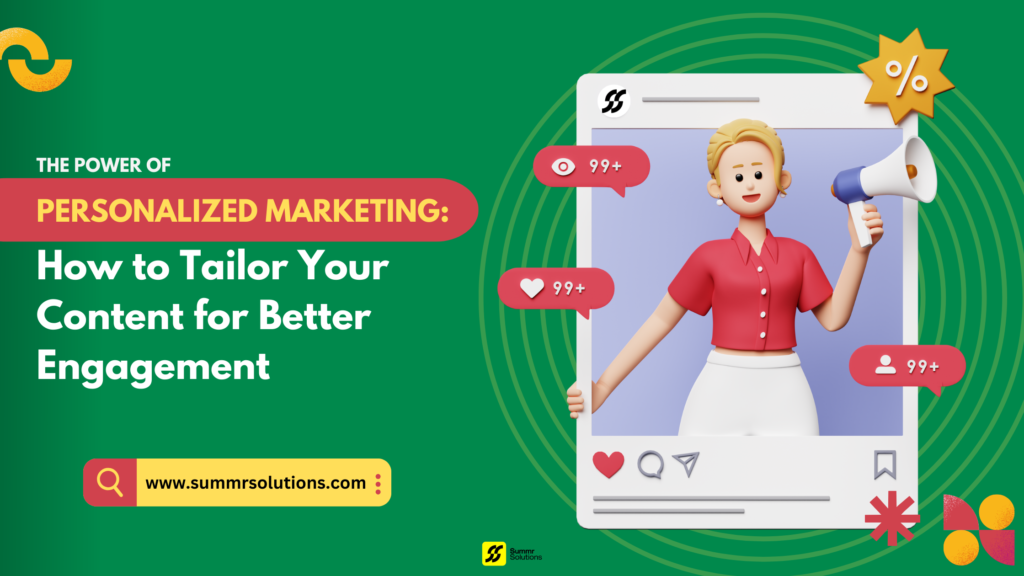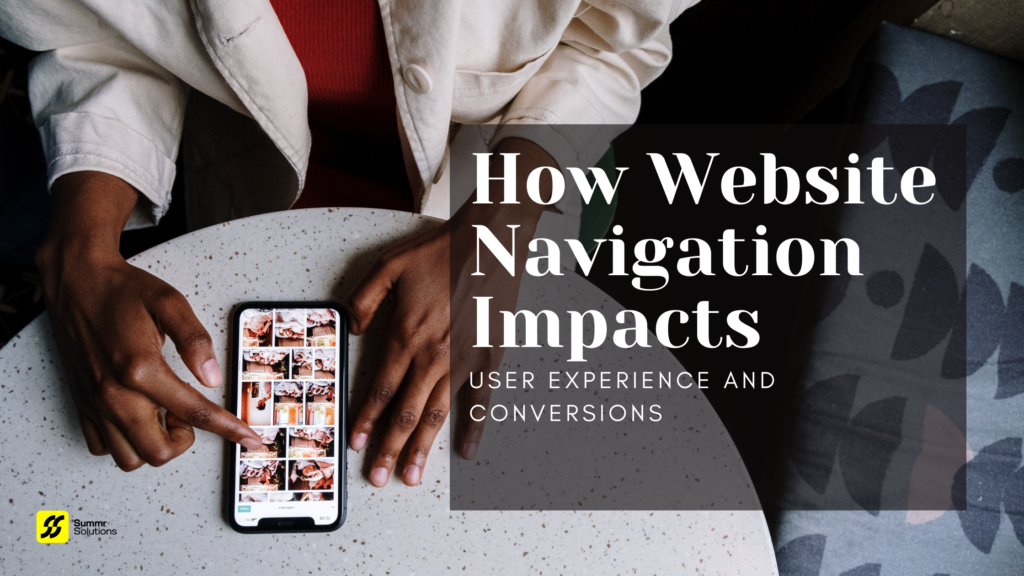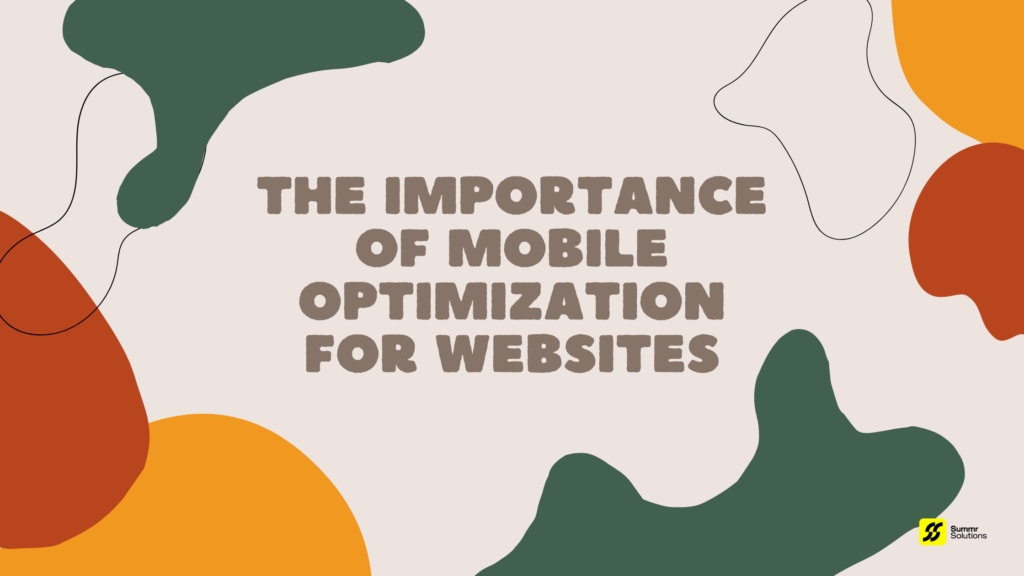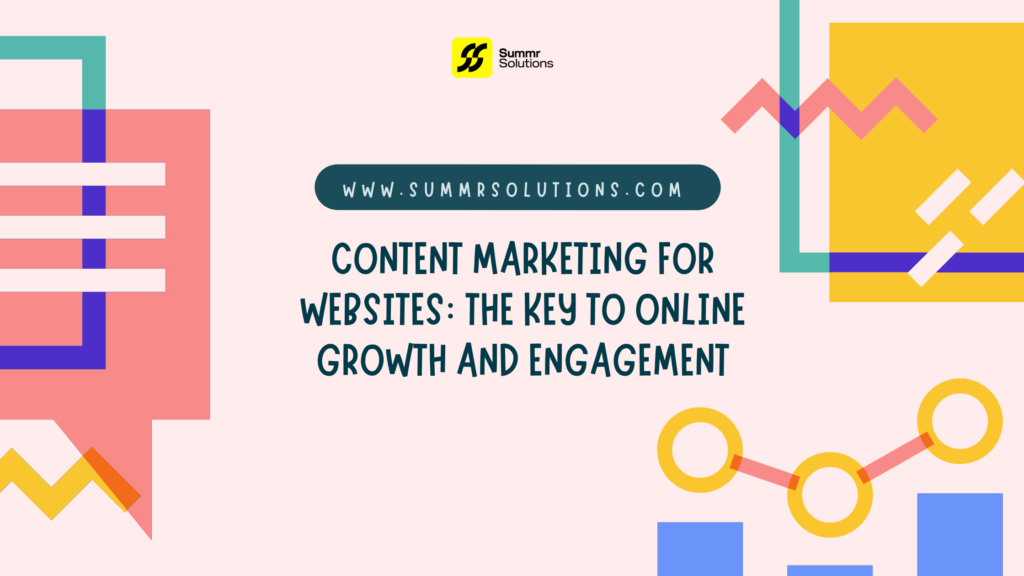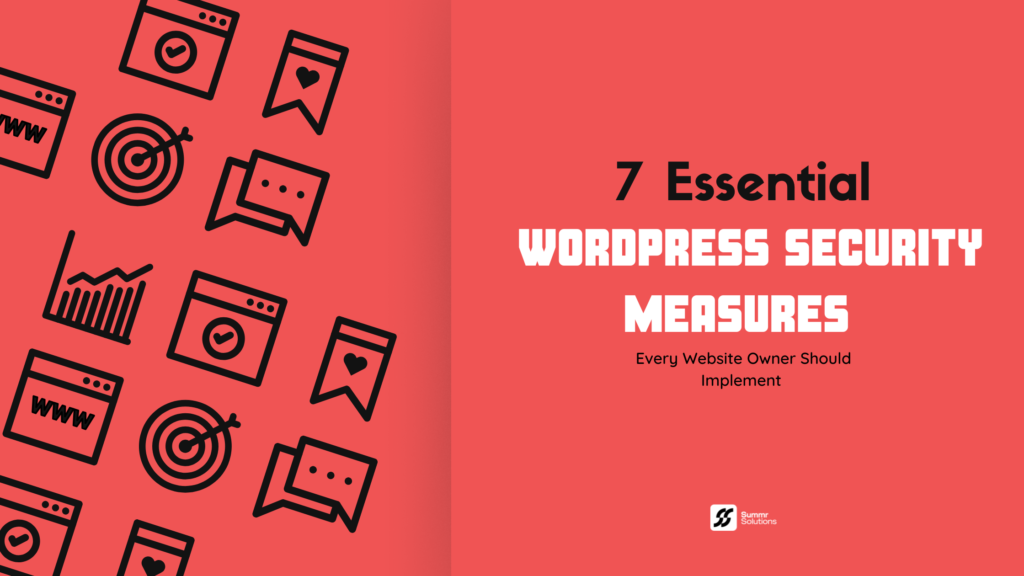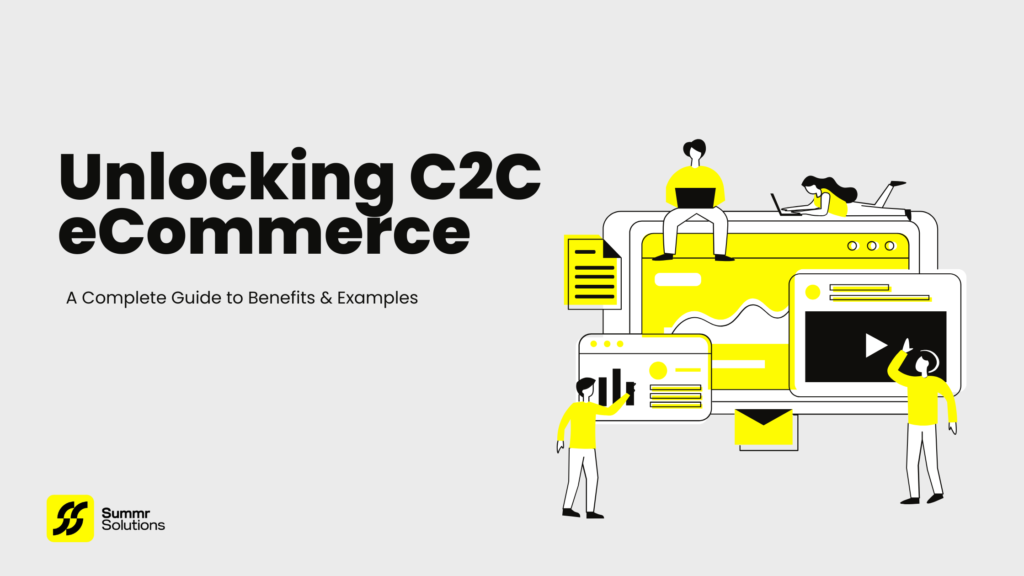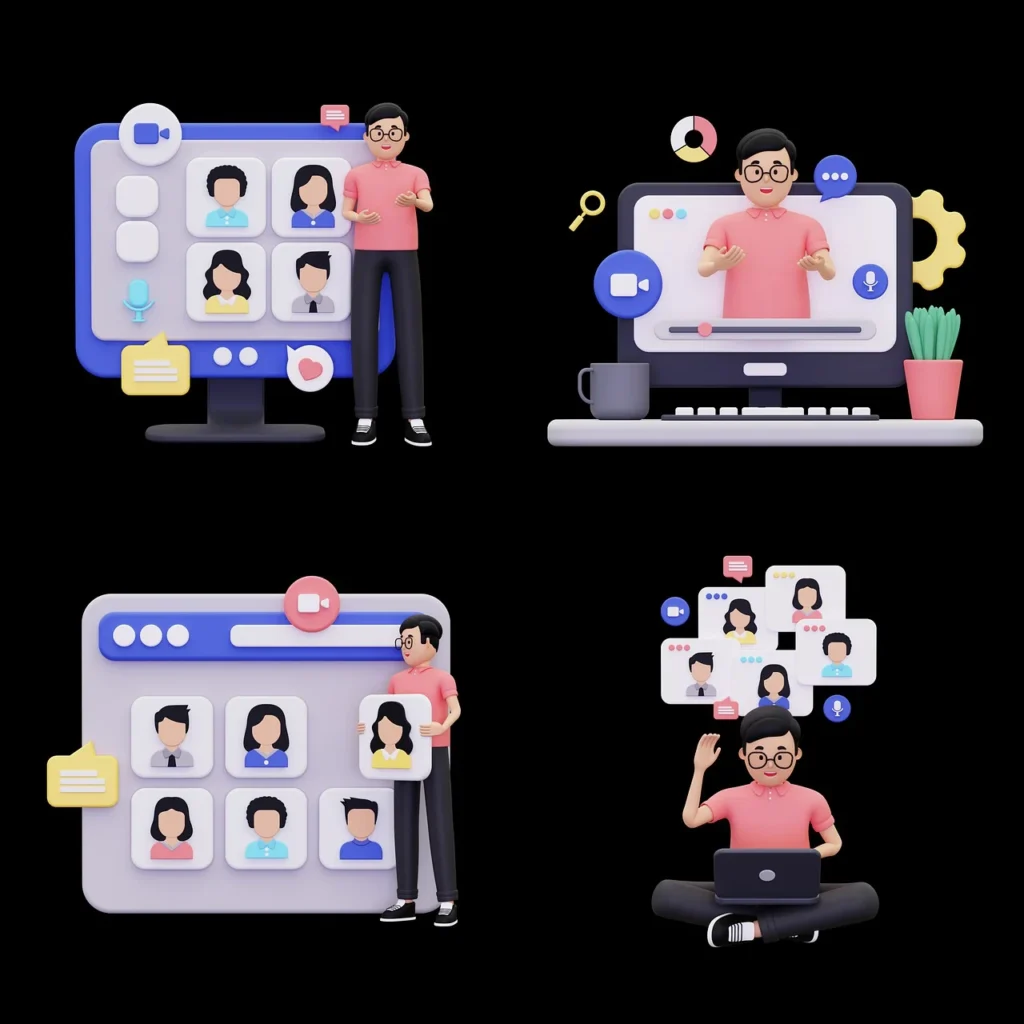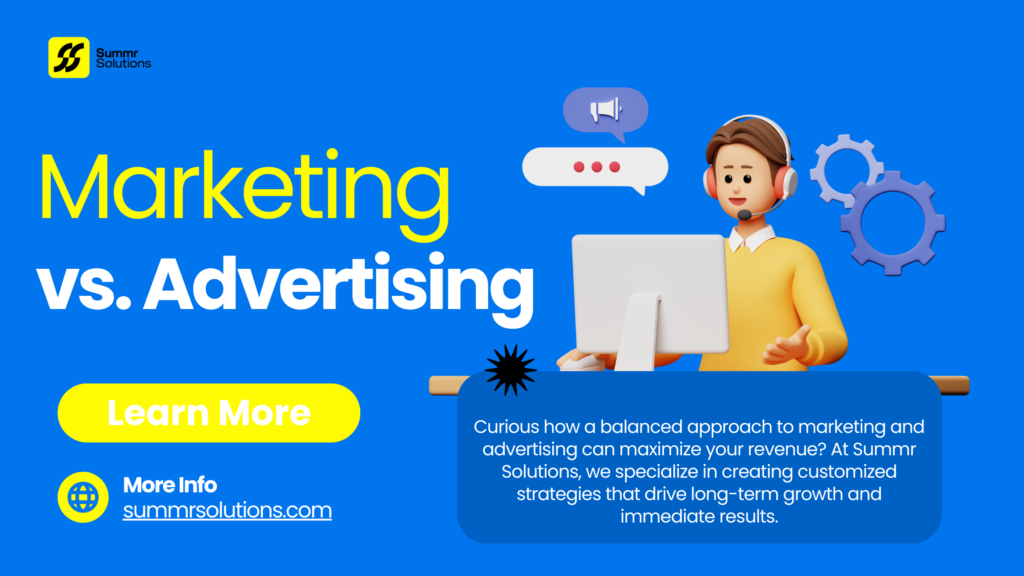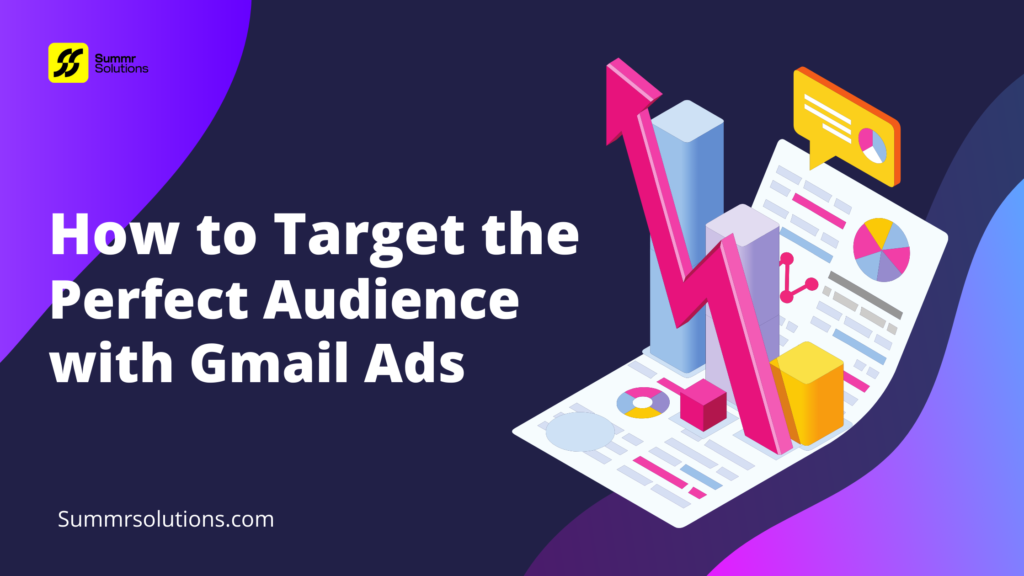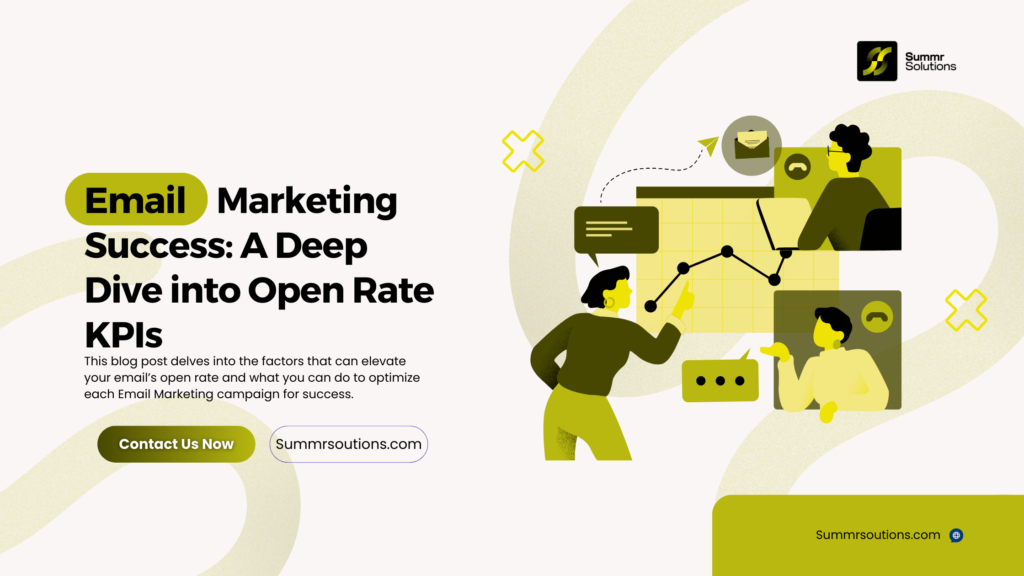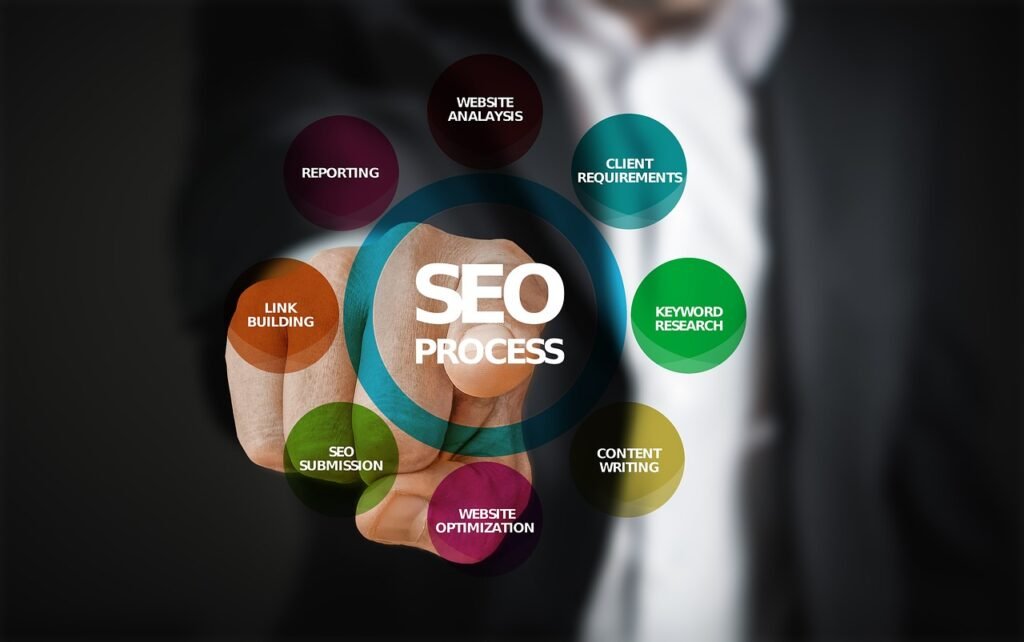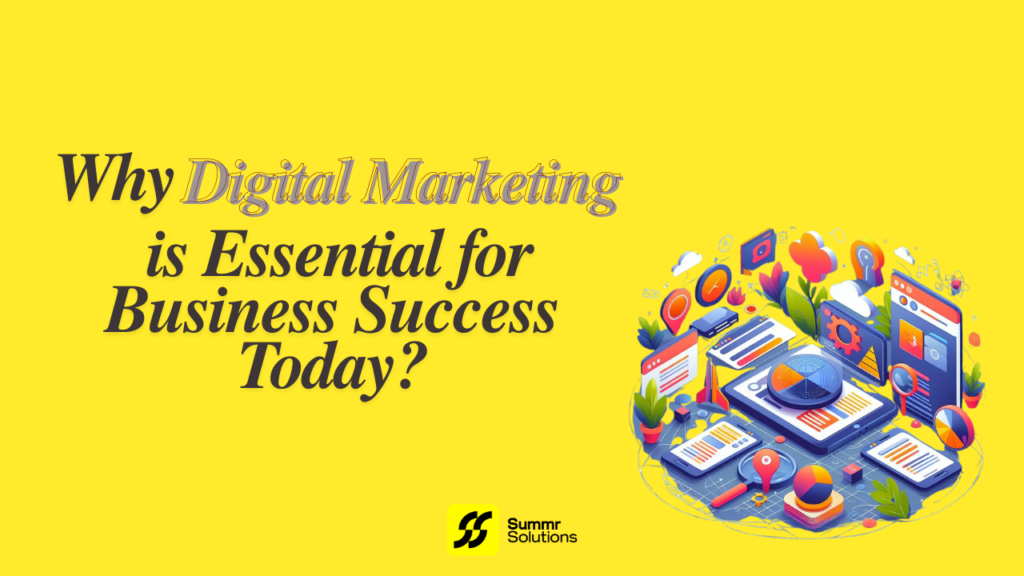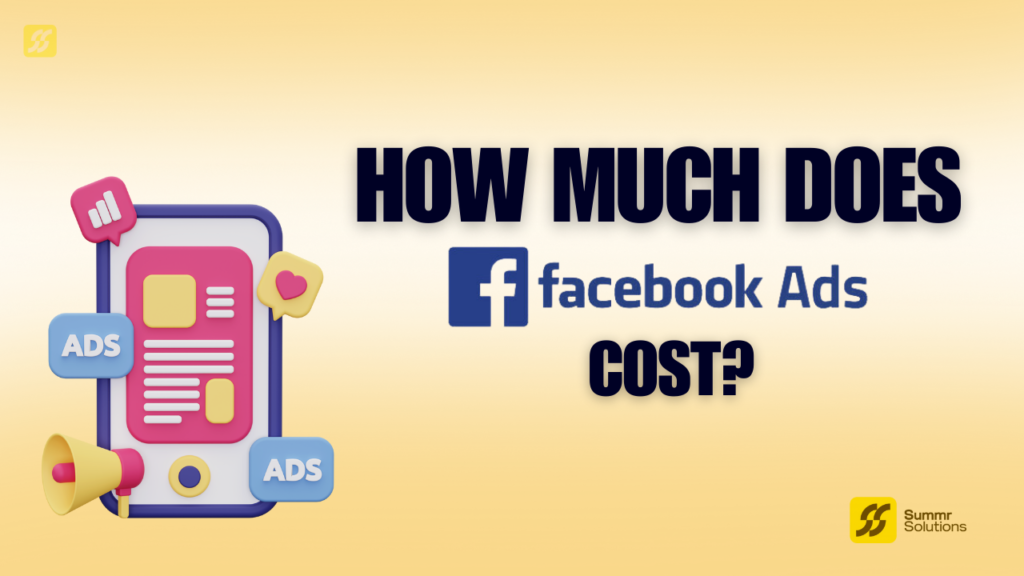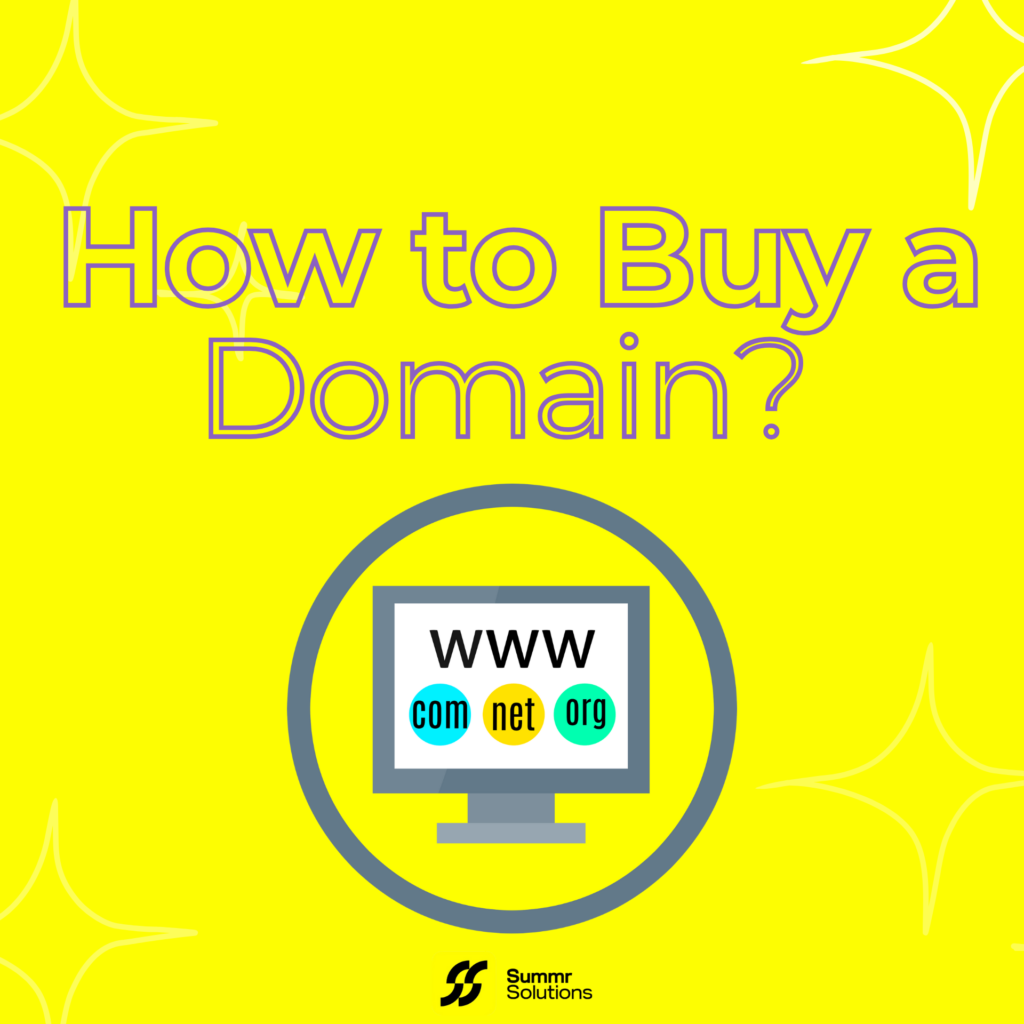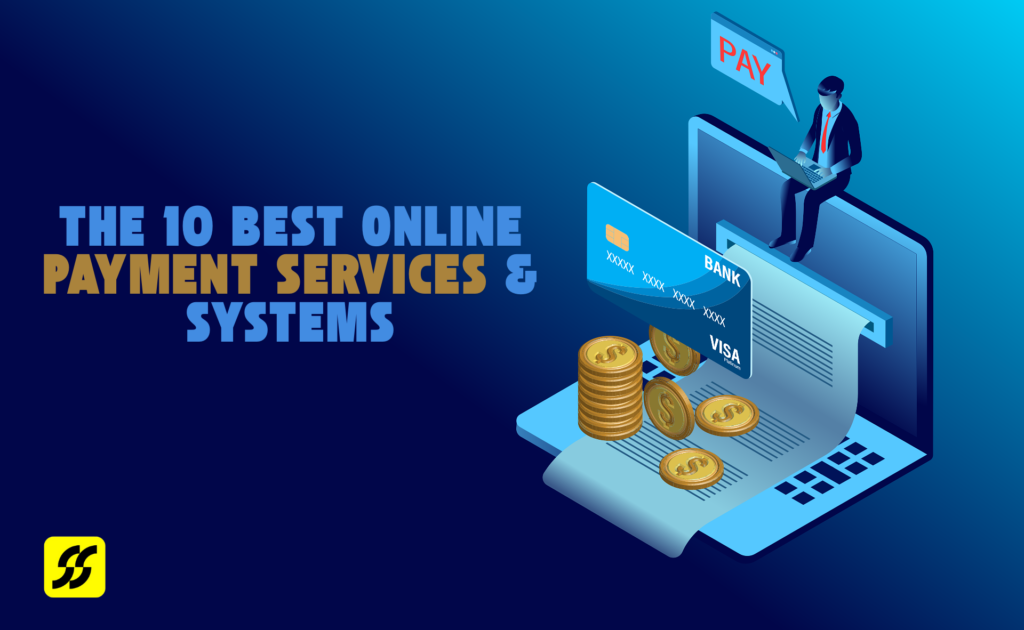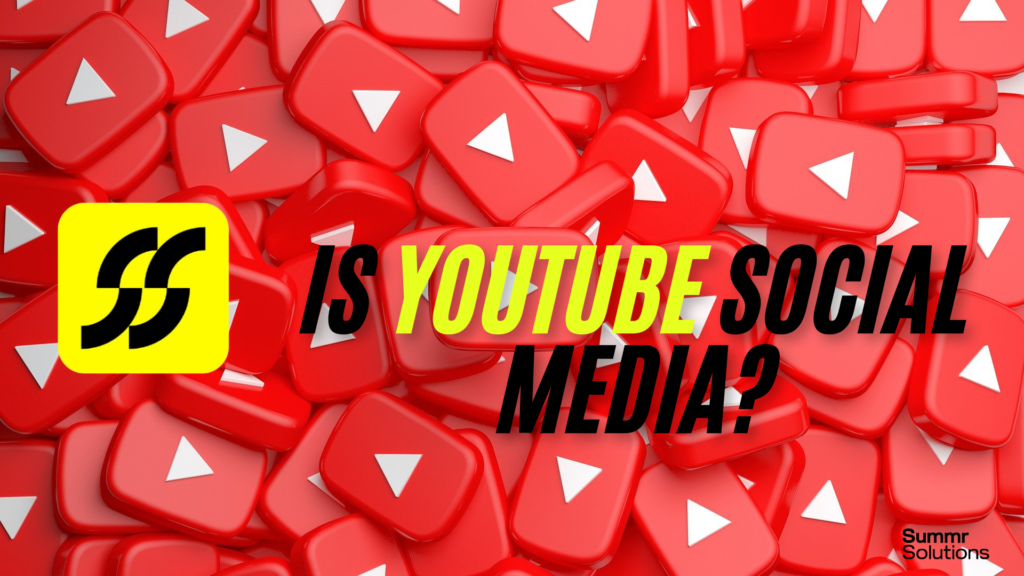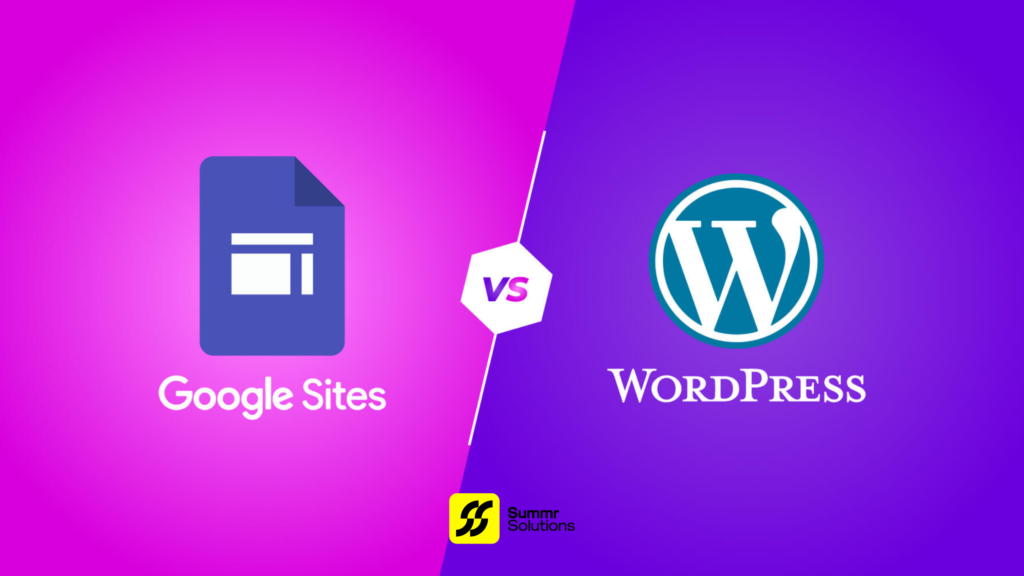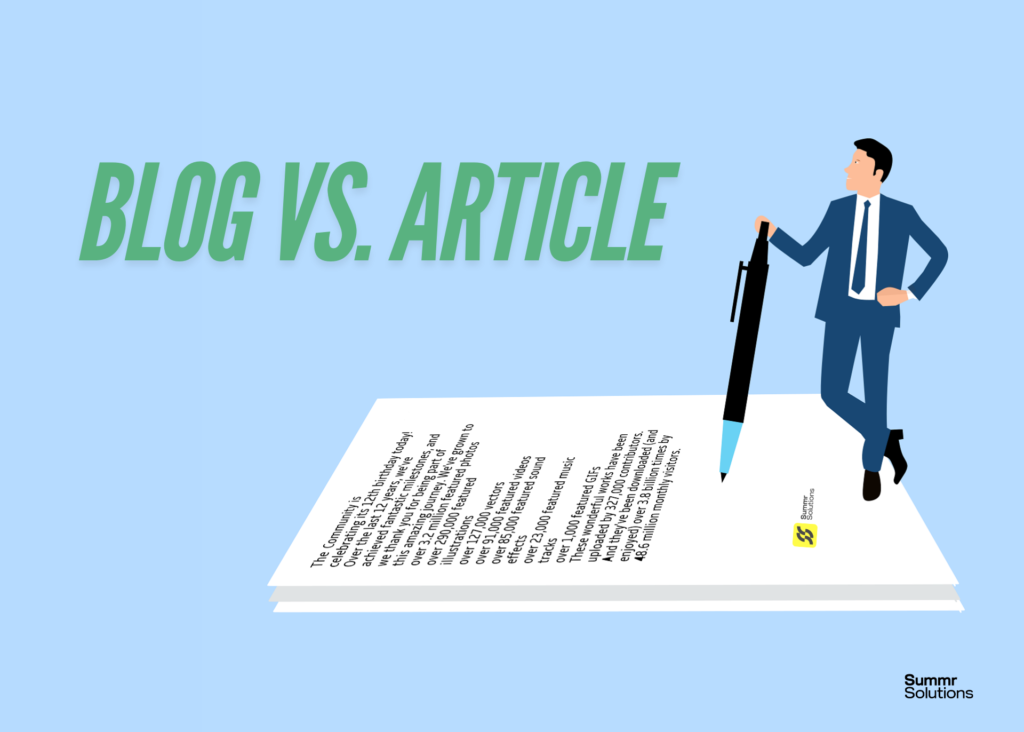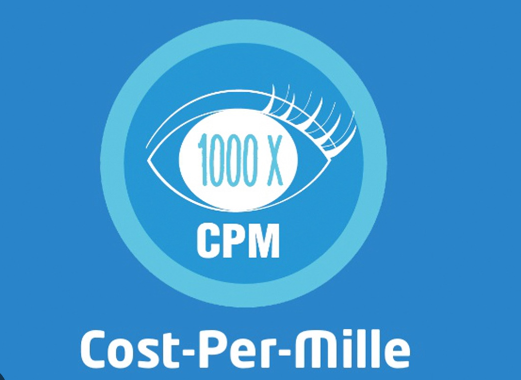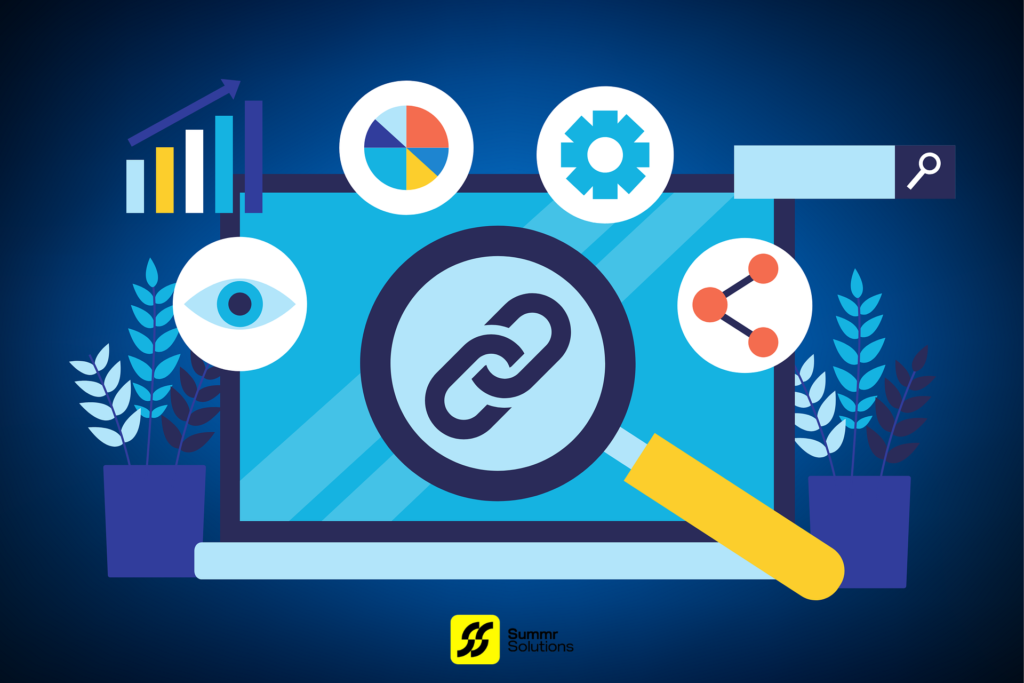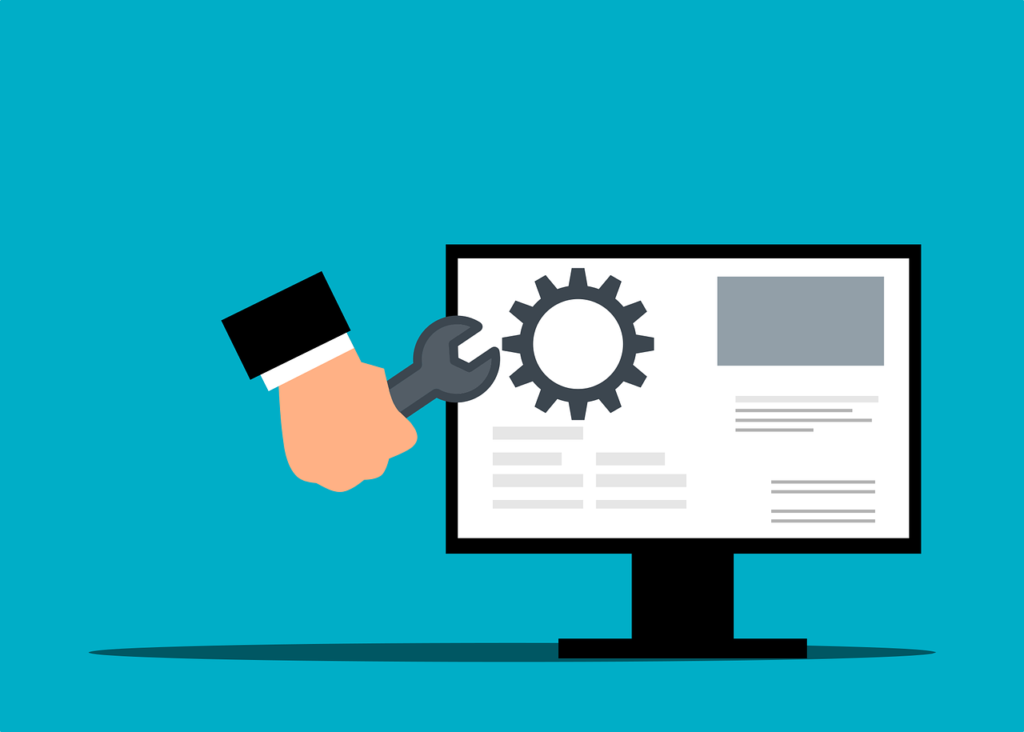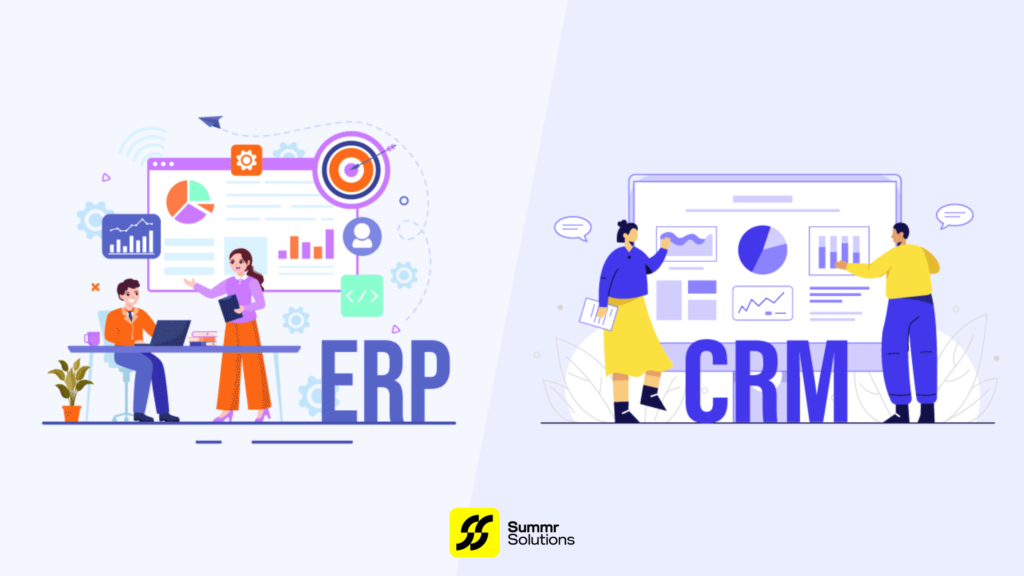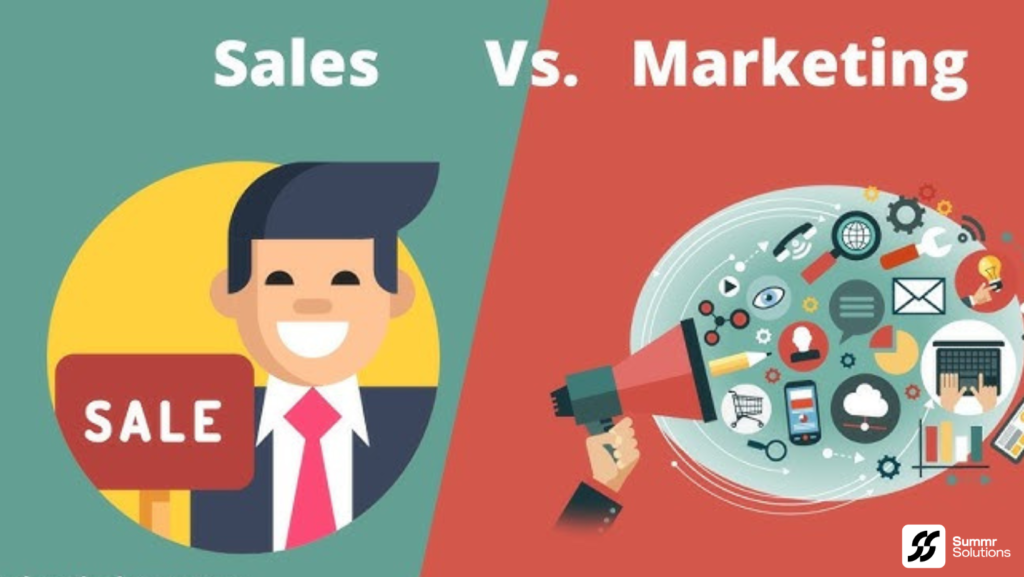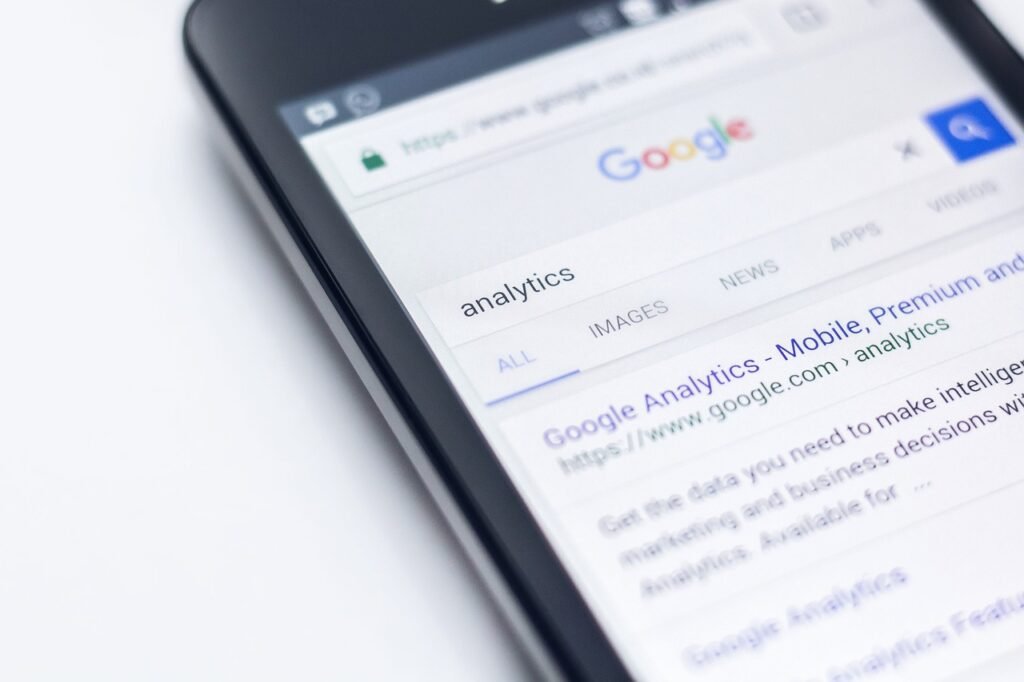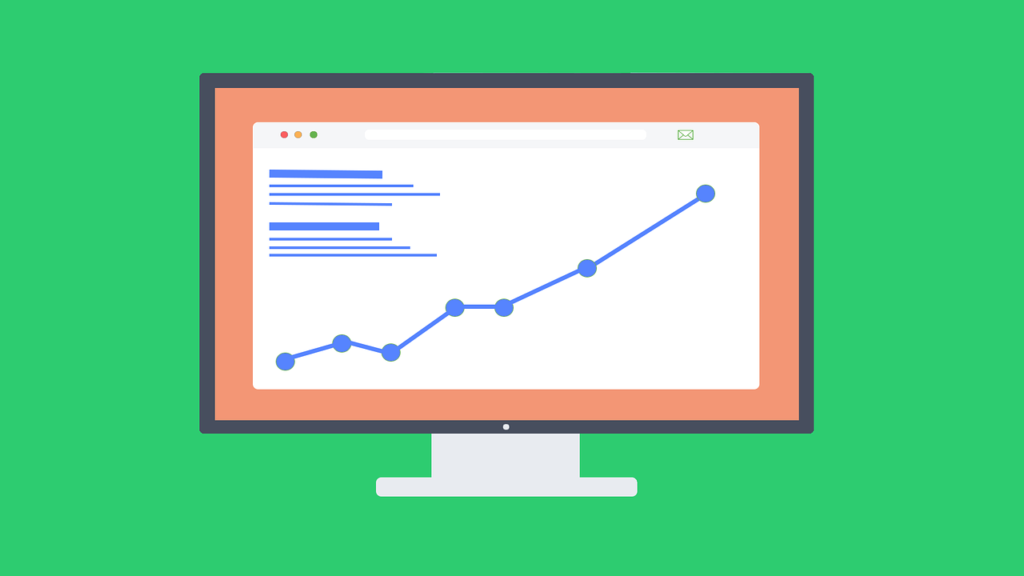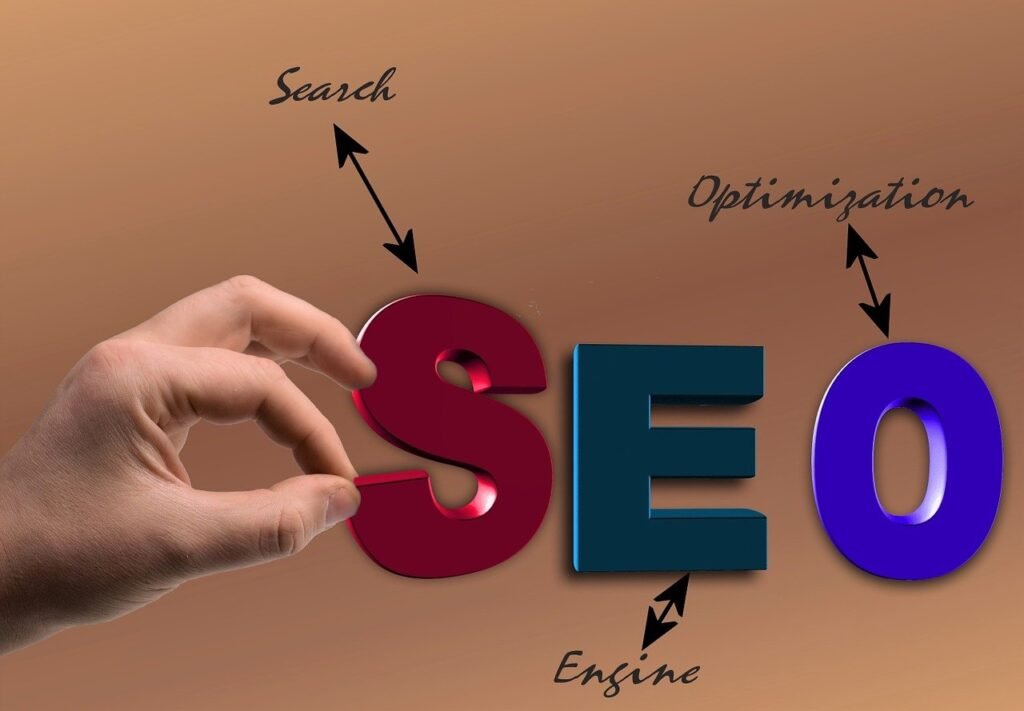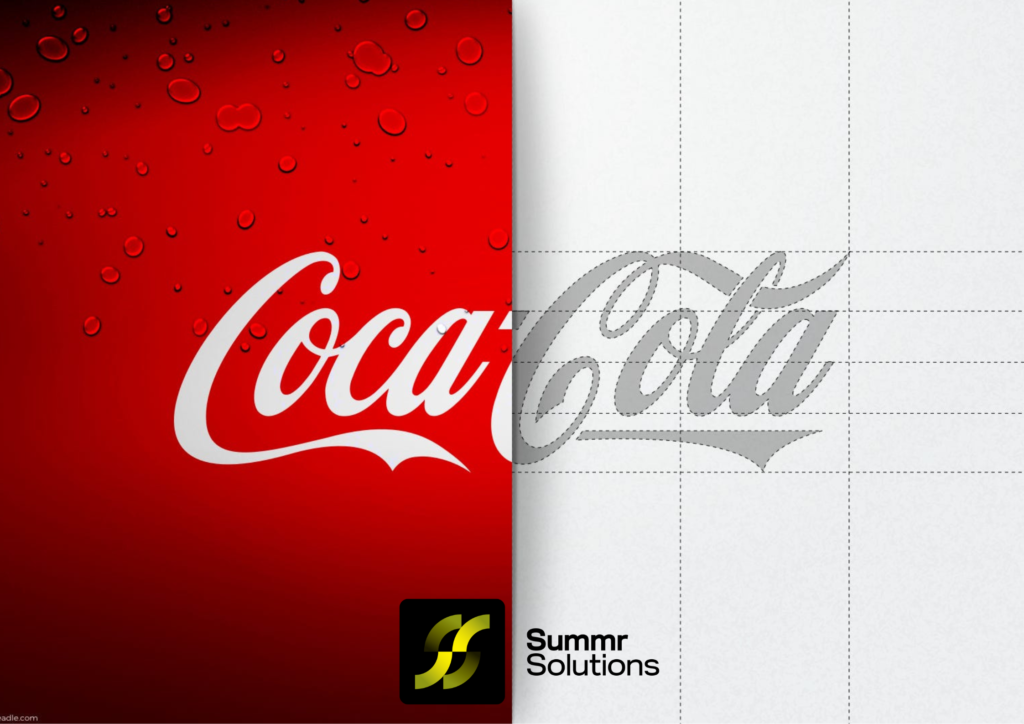In digital marketing, CPM stands for Cost Per Mille (cost per thousand), referring to the cost for 1,000 ad impressions. An impression occurs every time an ad is displayed to a user, making CPM an effective way to measure brand awareness rather than direct action. CPM pricing works well for businesses looking to get their product or service in front of many eyes quickly, especially across display networks, social media, and other programmatic platforms.
Types of CPM Models
- Programmatic CPM: Ads are bought and sold automatically through bidding systems, offering real-time ad placement. This method often leads to better targeting and flexibility but can come at a higher cost depending on competition.
- Direct CPM: Direct deals with publishers ensure ad placement on specific sites or networks, providing more control over ad visibility and audience targeting.
CPM in Different Channels
- Social Media: Platforms like Facebook and Instagram tend to offer relatively lower CPM rates, but they vary depending on audience targeting, engagement levels, and ad placement.
- Display Networks: Websites and apps use CPM as a common pricing model, allowing brands to gain impressions across vast audiences.
- Search Engines: Although less common in search ads, CPM appears in display ad networks within search platforms like Google Ads.
Key Metrics: CTR and ROI
While CPM measures ad visibility, the Click-Through Rate (CTR) helps gauge how engaging an ad is. A high CTR signals a successful campaign, while a low CTR may indicate the need for adjustment in ad copy or targeting. CPM works best when paired with other metrics like conversion rate to determine true ROI.
Factors Affecting CPM Rates
Several elements can influence CPM rates:
- Ad Placement: Premium placements cost more but may yield better visibility.
- Targeting: Detailed audience targeting, like demographics or interests, tends to increase CPM.
- Seasonality: Expect fluctuations in CPM rates around holidays or major events when ad space demand increases.
Optimizing CPM Campaigns
- A/B Testing: Testing different ad formats, creative, and messaging can help identify what resonates with your audience.
- Ad Relevance: Ads aligned with user interests can drive higher engagement, improving campaign performance.
- Frequency Capping: Limiting how often an ad is shown to the same user can reduce ad fatigue and maximize impression value.
CPM vs. PPC and CPA
While CPM focuses on impressions, Pay-Per-Click (PPC) and Cost-Per-Action (CPA) focus on clicks and specific actions, respectively. CPM is more useful for brand awareness, while PPC and CPA work better for direct conversions and lead generation.
Benefits of Cost Per Mille
- Cost-Effective: CPM is generally cheaper than other ad pricing models, making it ideal for businesses with tight marketing budgets.
- Brand Visibility: It helps expose your brand to a broad audience, increasing recognition over time.
- Lead Generation: Platforms offering CPM ads often have advanced targeting options that can help generate valuable leads.
Drawbacks of Cost Per Mille
- Traffic Quality: You may get impressions, but that doesn’t guarantee clicks or conversions. Ads might be served to uninterested users, leading to lower engagement.
- Ad Fraud: There’s always a risk of fraudulent impressions generated by bots, inflating your CPM costs without delivering genuine value.
Is CPM Right for You?
For businesses aiming to build brand awareness and reach larger audiences, CPM can be an ideal strategy, especially when paired with other metrics for more comprehensive analysis. However, if your primary goal is conversions, combining CPM with other pricing models, such as CPA, may yield better results.

